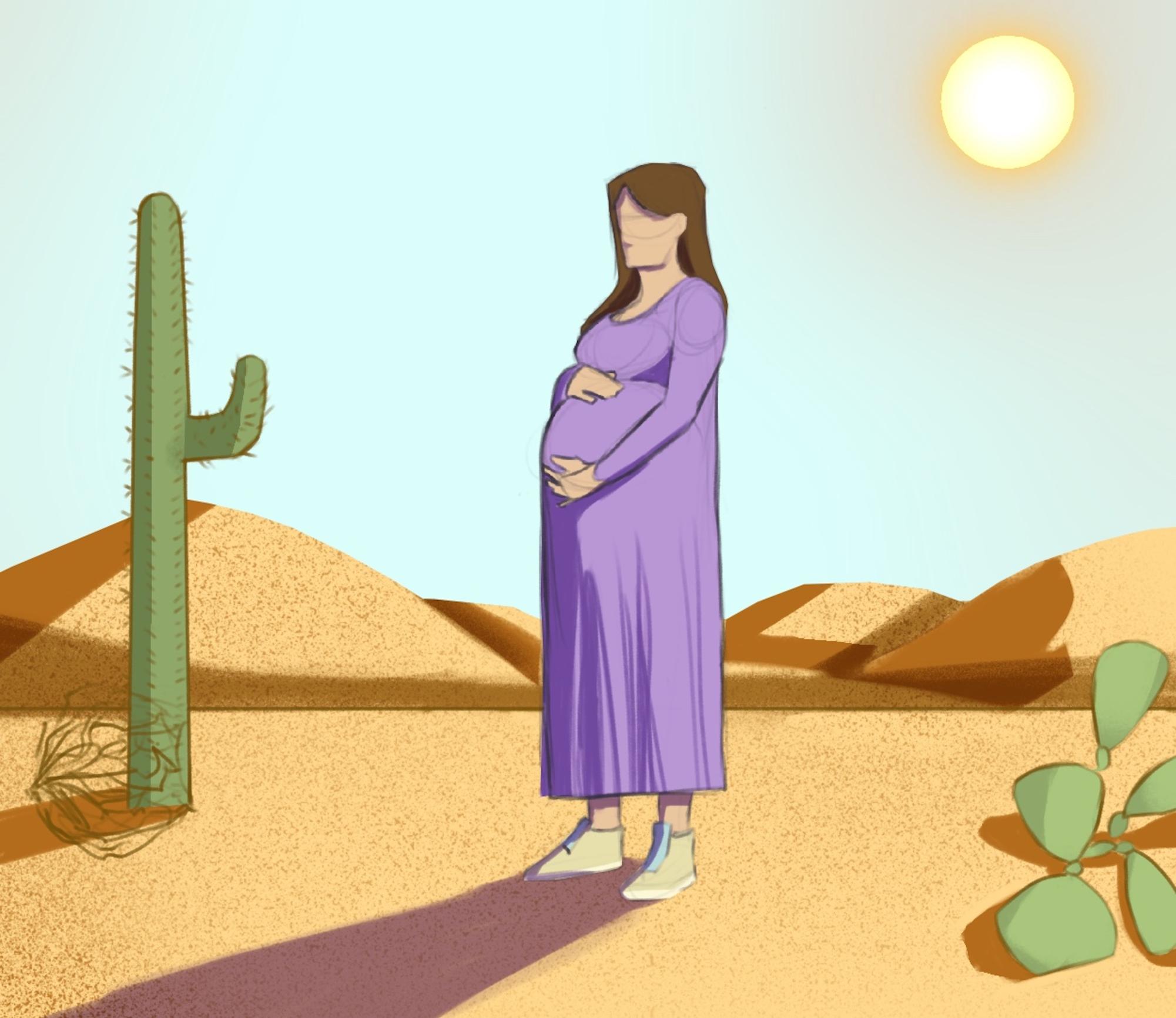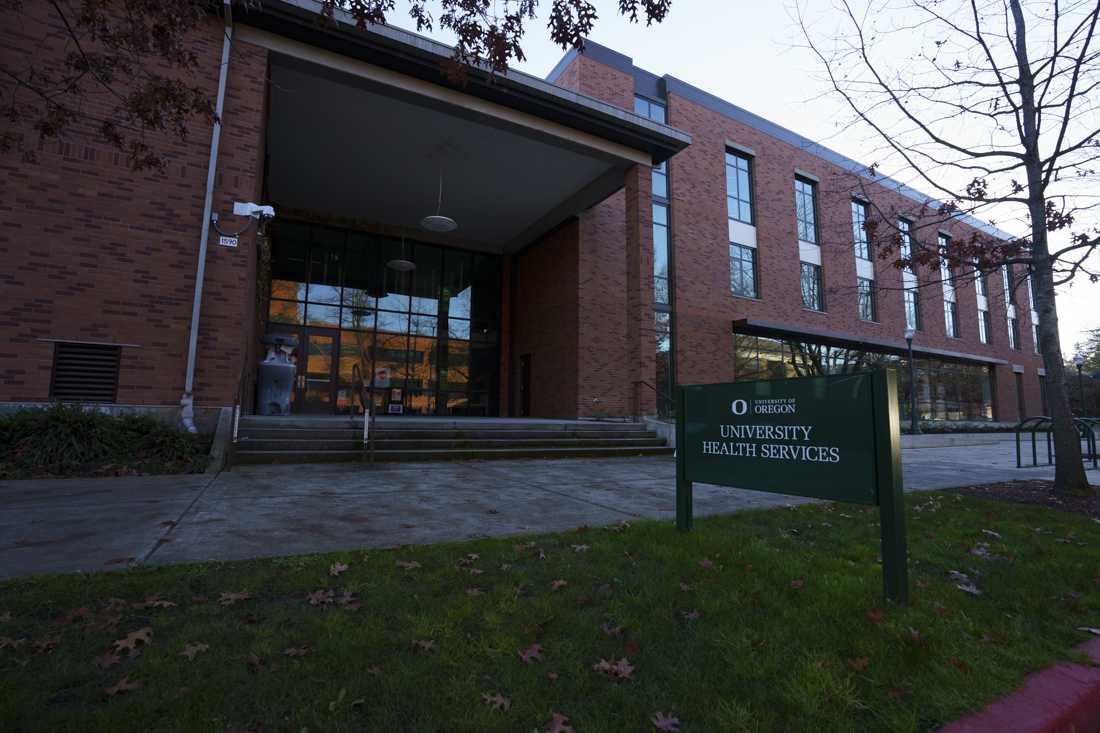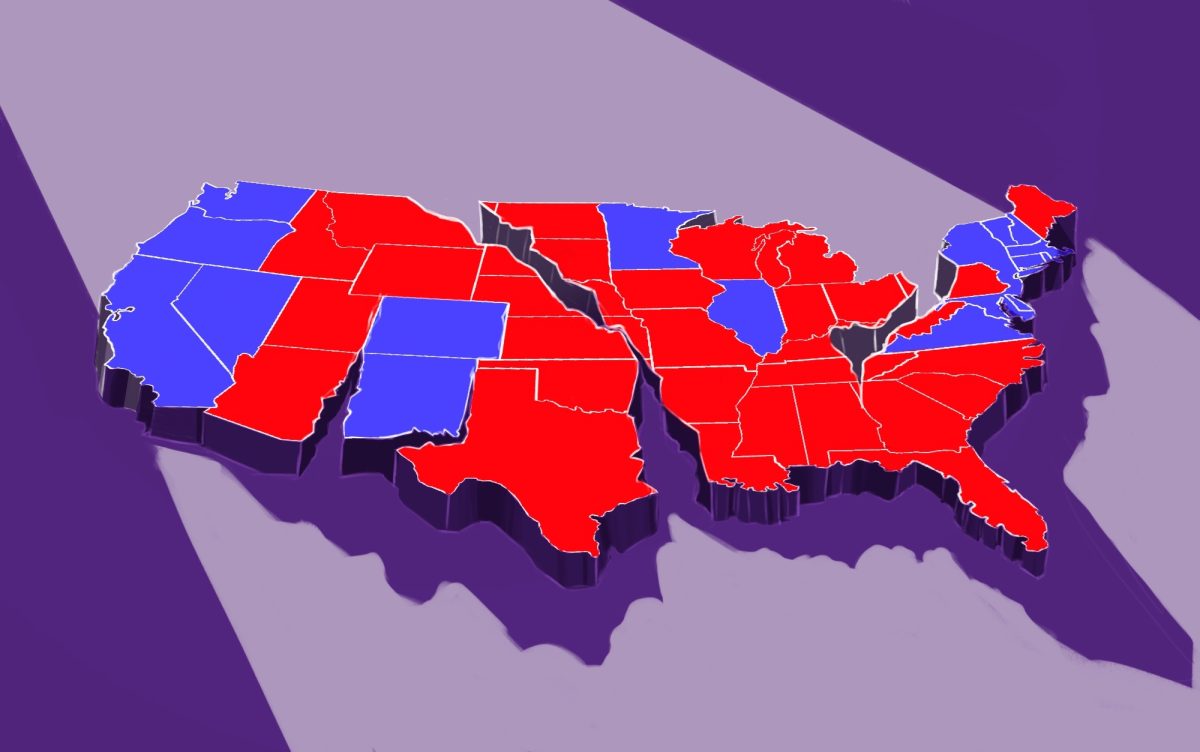After the closure of the Saint Alphonsus Medical Birthing Center, a center that had once delivered over 90% of the babies in Baker County, women were left without a single birthing center in the county. The closest birthing center would be 45 miles away, often on roads that were impassable due to weather conditions.
Baker County doesn’t stand alone. Currently, several other counties in Eastern Oregon are faced with maternity deserts, counties where there is limited to no access to birthing centers or OBGYNs – and with Idaho restricting access to reproductive healthcare, many women are relying on the facilities in Eastern Oregon for healthy pregnancies.
Jayson Jacoby, the editor for the Baker City Herald, described the impact of Saint Alphonsus Medical Birthing Center’s closure on the women of the city.
“I talked to several expectant mothers at the time when this was announced, they were very concerned and scrambling to make changes of doctors and hospitals, a lot going to La Grande, which was the closest hospital, Ontario or Boise, Idaho, which was two hours away,” Jacoby said. “This was a major change to something that residents were accustomed to having for more than a century.”
Jacoby said that the closing of Saint Alphonsus was a problem regarding staffing, and had struggled to maintain the required level of nursing staff in the birthing center, especially with the decline of births, the hospital was losing money keeping the maternity ward open, especially in Baker County where a significant portion of the population was on subsidized healthcare.
During the shutdown of Saint Alphonsus, Senator Ron Wyden, Senator Jeff Merkeley and Governor Tina Kotek took administrative action to make it easier for student nurses to complete their program to make nurses more available, however, it wasn’t enough to reopen the maternity ward.
Across the country, rural maternity centers struggle to stay afloat, leaving approximately 2.3 million women in ‘maternity deserts.’ In a study done by March of the non-profit March of Dimes, they estimated that nearly 35% of US counties are currently considered maternal healthcare deserts – 60% in rural areas, a large contributing factor in rising maternal mortality rates.
Without proper access to maternity care, maternal mortality rates are disproportionately rising in rural areas and for women of color, showing a stark 13% increase in preterm births.
After the controversy around the closing of the Saint Alphonsus Medical Birthing Center, Senator Wyden (D-OR) created a proposal for legislation titled ‘Keeping Obstetrics Local Act’.
The legislation planned to increase Medicaid payments and federal aid to rural hospitals that have an average of 300 or fewer births, with the conditions of the funding depending on the particular hospital’s circumstances.
In a press briefing on June 17, unveiling the proposal, Wyden mentioned that within 2011 to 2021, 267 rural hospitals had closed their maternity departments, nearly 25% of all of the maternity departments in the nation.
In the 2023 legislative session, Oregon passed HB 2002, a bill that would broadly protect access to reproductive healthcare, declaring the need for “immediate preservation” and declaring an “emergency.”
Although HB 2002 includes broad language to protect and broaden reproductive healthcare, protections to providers of gender-affirming and reproductive care and criminalizes interference with healthcare facilities, it failed to explicitly cover maternity deserts.
Representative Ricki Ruiz (HD—50), representing Gresham and East Portland, was one of the sponsors of HB 2002 and provided critical insight into how the conversation around maternal healthcare will continue in the upcoming 2025 legislative session.
“A year ago, the Legacy Mt. Hood Hospital in Gresham said they were working on transitioning away from maternal services [and birthing services] unless there were emergencies, and the community united to keep the birthing center,” Ruiz said. “Regardless of whether or not the birthing rates are up or down, the care is critical and should be accessible.”







